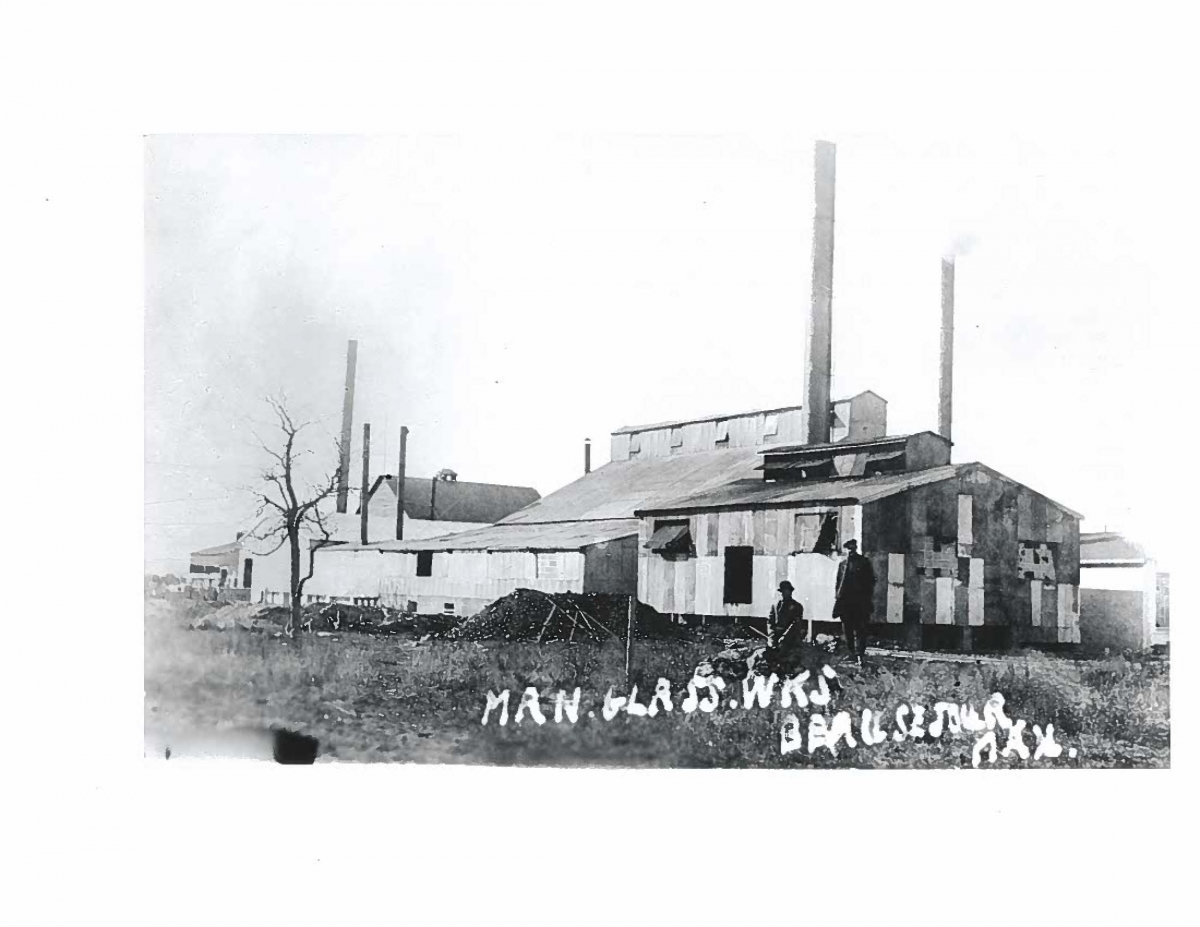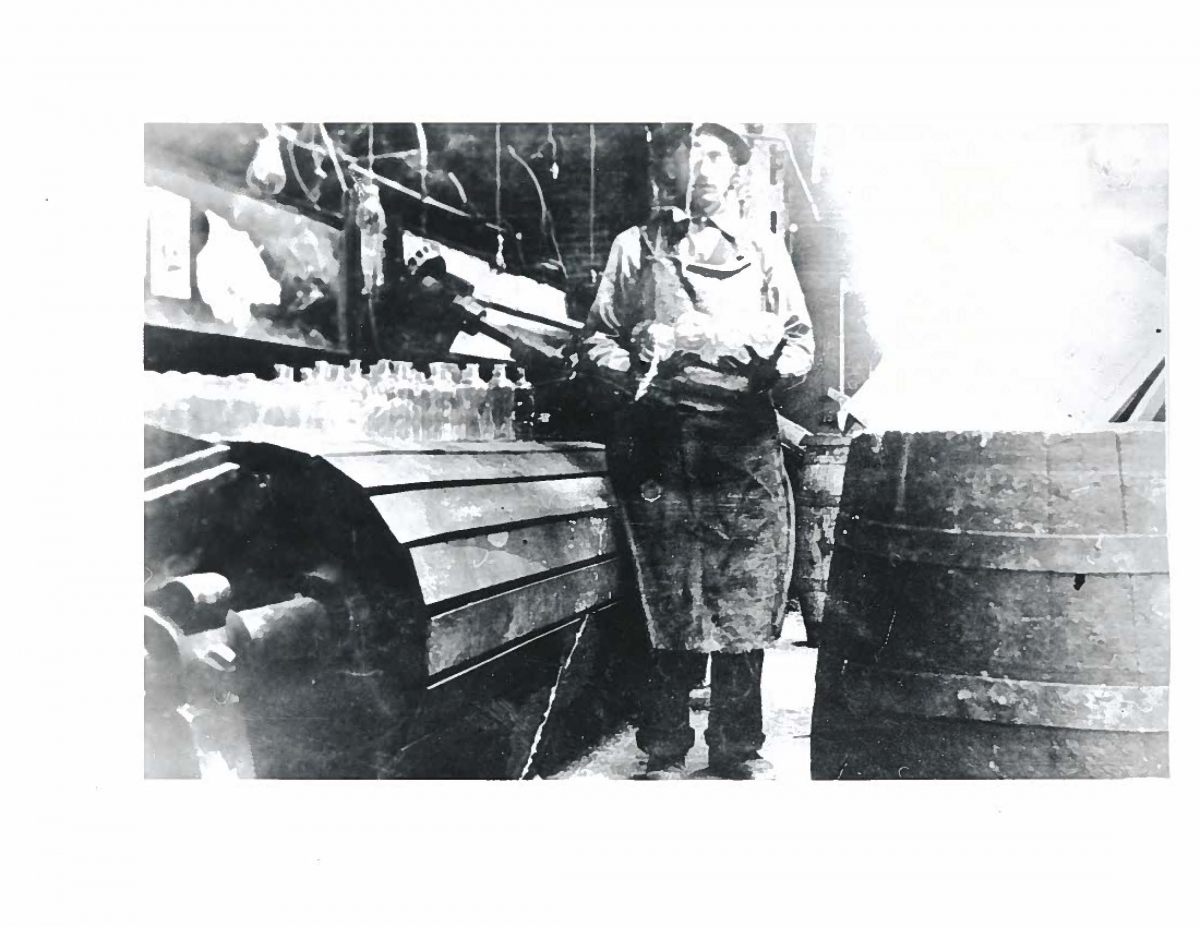CANADA 150 - Manitoba - The Manitoba Glass Company (and narrative gaps)
Published
Categories
Author
Blog Post
I am researching and writing about the Canadian Decorative Arts Collection at the Royal Ontario Museum, so it is easy to assume there would be some level of representation of the entire country in the collection. However, by representativeness, the collection is bounded by the early donations and the focus of its earlier curators, and so has content that primarily refers to Ontario, Quebec, and the Maritimes. There is a substantial furniture collection, much of which is on display in the current version of the gallery, and a substantial collection of ceramics and glass. There are examples of very fine works of craft, design and art, and rougher works, made for more utilitarian purposes or by less trained makers. Like all museum collections, it is both bounded and broad. As I start to head west, then, in my exploration of the Canadian Decorative Arts Collection, I am starting to run into the boundaries of the collection. The poetic part of me appreciates that as we head into less populated parts of the country, the narrative becomes more sparse. The part of me that celebrates makers and craftsmanship is sad that in the story of Canadian Decorative Arts at the ROM there are no strong representations of contemporary Manitoba craft (yet).
All we have are historical pieces, and the list of historical pieces is fairly short: there are several examples of coin-based currency and paper-based currency relating to the Hudson Bay Company, and trade in the region. There is also a letter in our paper collection written by Louis Riel. And, there are two pieces of glassware from the Manitoba Glass Company, which at one point operated in Beausejour, Manitoba.

The Manitoba Glass Company is a part of Canada's industrial history, which is not very well known. By the late 1800s, there were significant glass factories in Ontario, Quebec and Atlantic Canada, provinces, usually close to large bodies of water and/or railway lines. The Great Lakes Region in Ontario and the Northeastern US was a particularly rich glassmaking hub in the early 1900s. The Canadian Museum of History notes that there have been 43 glassworks in Canada since 1837. What I find particularly poignant to remember is that while these places were factories in their earliest iterations, they were factories where crafts were being produced by hand. Automation did not take hole until the 1900s, and not in a significant way until the 1920s. Early glass factories were staffed by people who would be regarded as artisans or craftspeople today; after doing their daily shifts, they often would use leftover bits of glass to make small decorative works, like paperweights, chains or canes (often called "whimseys" in the antique collector and museum classification vernaculars).
At the moment, there are significant changes happening to the Canadian gallery at the ROM because of the reopening of the Queen's Park entrance. So, rather than divert staff time to drag two small glass pieces out of deep storage for a simple blog post, I decided to scrounge through our research files to see if I could find anything to share about the Manitoba Glass Company. I found several photographs that were reproduced from an issue of the Canadian Collector magazine, from January 1967 by the ROM photography department, likely for use in an exhibition or display about historic glass at some point in the museum's history. I love the images: they remind me of gold rush images, featuring men boldly staring into the camera, documenting their lives for posterity. Something about the stance of the single blower, too, seems brave to me. It must have been difficult work. Contemporary glass blowing shops are quite hot, and glass making as a craft is quite dangerous. Glass blowing on an industrial scale must have just magnified the challenge of it all.

I did also, in my research, manage to find a wonderful oral history interview about the Manitoba Glass Company. If you have a few moments, listen to some of Louis Vogelgeang's memories of his life and his memories of working at the glass factory, starting at the age of around 12.


